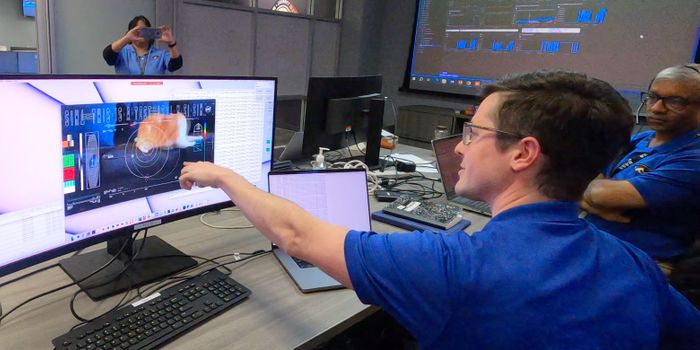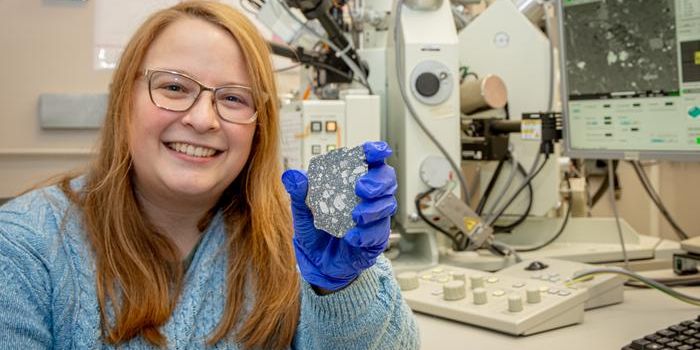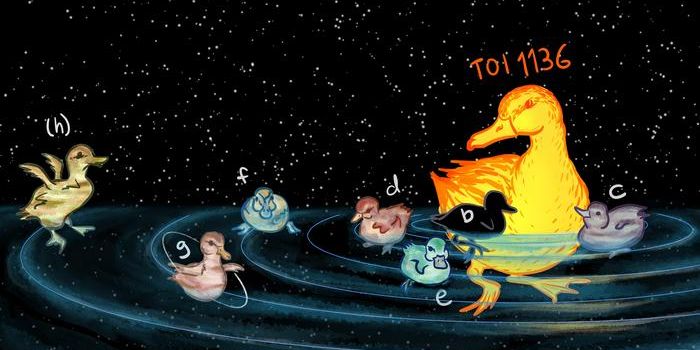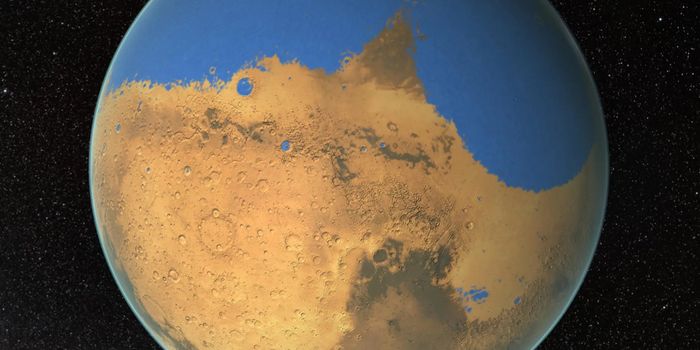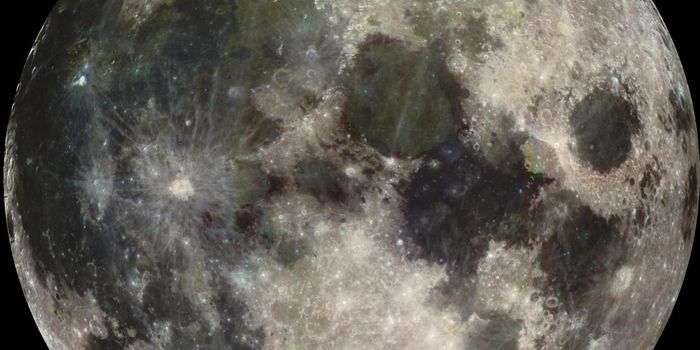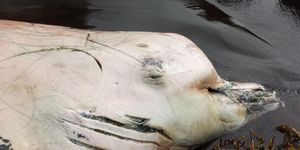Evidence of Water Clouds Found in Atmosphere of Nearby Brown Dwarf
Brown dwarfs are essentially stars that fail to spark the energy needed to produce nuclear fusion. Instead of being bright and hot, they’re dim and cold. They have the gravity they need to clump together, but they just don’t radiate.
Scientists from the University of California, Santa Cruz have been studying a brown dwarf dubbed WISE 0855 with the Gemini-North Telescope in Hawaii and the Gemini Near Infrared Spectrograph since it was originally discovered in 2014.
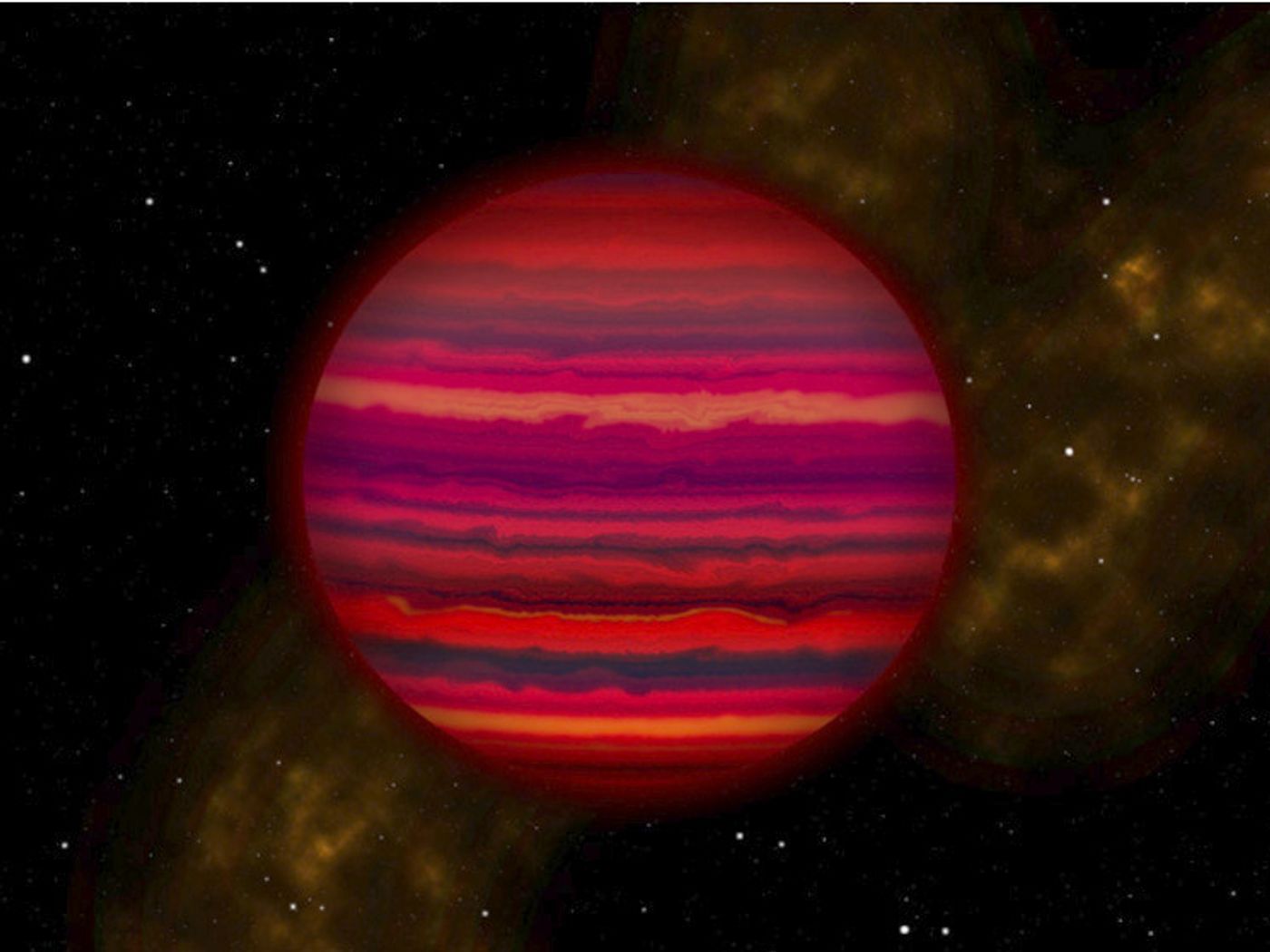
Image Credit: Joy Pollard, Gemini Observatory/AURA
Because it’s a brown dwarf, and located 7.2 light years away, it’s dim and hard to pick up with spectroscopy using optical or near-infrared equipment.
Nevertheless, scientists have managed to capture details about the brown dwarf using infrared light, and may have discovered that it contains water clouds and even solid water ice. The findings can be found in a paper from arXiv.org that should soon be published in the Astrophysical Journal Letters.
If true, this would be the first time any evidence of water clouds has been obtained outside of our solar system. Because the brown dwarf doesn’t put off any nuclear fusion, it’s a very cold object, similarly to the gassy planets in our own solar system.
"We would expect an object that cold to have water clouds, and this is the best evidence that it does," said Andrew Skemer, assistant professor of astronomy and astrophysics at UC Santa Cruz. “WISE 0855 is our first opportunity to study an extrasolar planetary-mass object that is nearly as cold as our own gas giants.”
The scientists believe that WISE 0855 has a very similar makeup to that of Jupiter, in that it’s cold, gassy, and full of possible water vapors. It’s about 5 times larger than that of our familiar large solar system planet.
“It’s five times fainter than any other object detected with ground-based spectroscopy at this wavelength,” Skemer said. “Now that we have a spectrum, we can really start thinking about what’s going on in this object. Our spectrum shows that WISE 0855 is dominated by water vapor and clouds, with an overall appearance that is strikingly similar to Jupiter.”
WISE 0855 has a temperature of about 250 Kelvin, which compares to Jupiter’s 130 Kelvin. The similarities in chemical makeup and temperature mean that we might be able to learn a lot about the two by comparing them to one another.
This isn't the first time that scientists have found a link between large gassy planets and brown dwarfs. Scientists have long thought that there were similarities between the two, but we currently know so little about brown drwarfs because they're hard to spot. At only 7.2 light years away, WISE 0855 provides the a great opportunity to learn more about them.
Source: University of California, Santa Cruz
-
MAY 07, 2024Is It Anti-RNP or Anti-Sm/RNP?
-
MAY 08, 2024Expand your Multiomic Capabilities with RNAscope™
- See More
-
APR 30, 2024Immuno-Oncology Virtual Event Series 2024
-
MAY 07, 20243rd International Biosecurity Virtual Symposium
-
MAY 23, 2024For the Love of Digital PCR 2024
- See More

